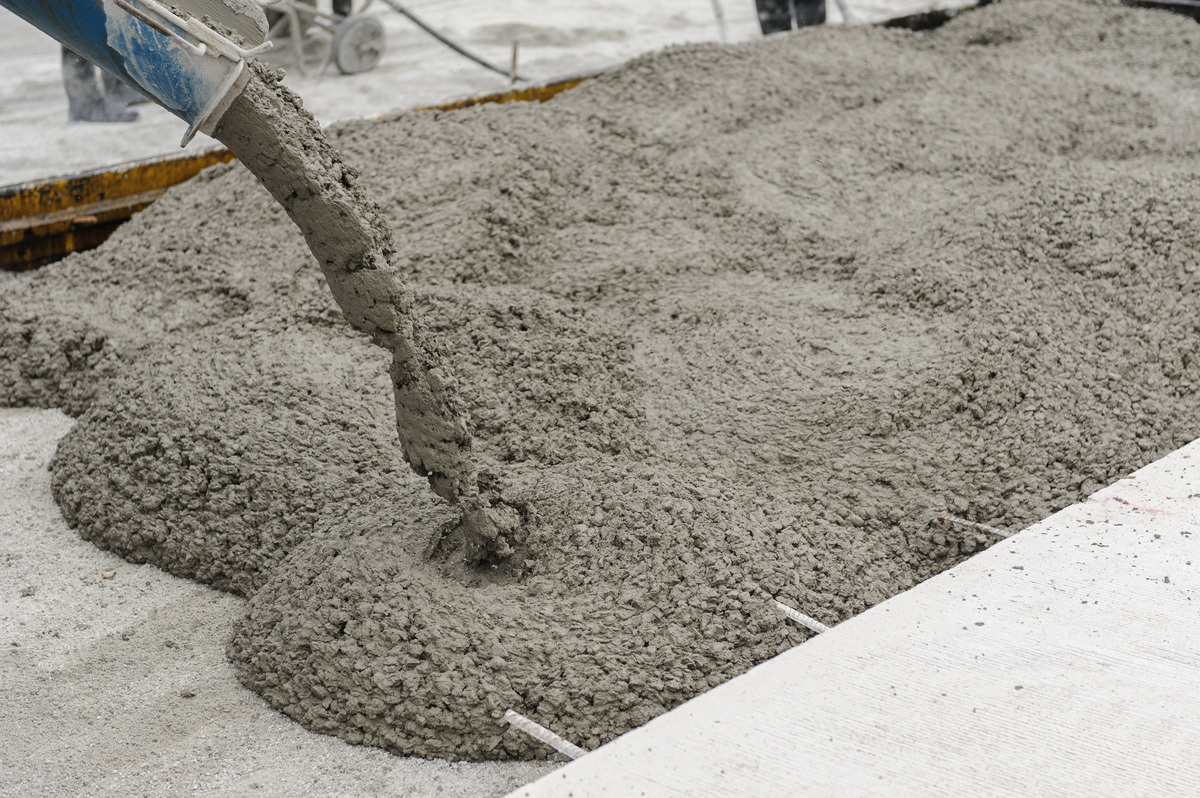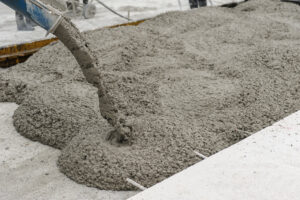How to Compare 5-Axis vs. Bridge Mill CNC Machines Before Buying
If you’re planning to buy a CNC milling machine, your first challenge will likely be choosing between different types, especially when it comes to high-end machines like 5-axis systems and bridge mills. These advanced tools can transform your production capabilities, but they serve slightly different needs. Understanding the pros, cons, and real-world applications of each will help you make a smarter investment that delivers long-term returns.
This guide will break down everything you need to know when comparing a 5-axis vertical machining center and a bridge mill machine. We’ll also discuss how each performs in terms of speed, accuracy, flexibility, and cost.
What Is a 5-Axis Vertical Machining Center?
Multi-Directional Precision
A 5-axis vertical machining center allows for movement along the X, Y, and Z axes, as well as two rotational axes. This enables complex part geometries to be completed in fewer setups. When you buy a CNC milling machine like this, you’re essentially gaining the ability to machine five sides of a part in one go.
Best For Complex Contours
Industries such as aerospace, automotive, and mold-making benefit greatly from 5-axis capabilities. The extra axis allows engineers to achieve intricate curves, undercuts, and tight tolerances—something traditional 3-axis machines struggle with.
Efficiency Gains
5-axis machines dramatically reduce setup time. Fewer parts repositions mean less human error and shorter production cycles. For high-value parts or short-run jobs, this efficiency can be a game changer.
What Is a Bridge Mill CNC Machine?
Stability for Heavy-Duty Jobs
Bridge mills (or gantry mills) are known for their large work envelope and rigidity. Unlike a 5 axis vertical machining center, a bridge mill typically focuses on high-volume, heavy-duty work. If you’re working with steel plates, engine blocks, or large aerospace structures, this machine can provide the stability and power you need.
Best for Large Parts
When you buy a CNC milling machine with a bridge configuration, you’re investing in a machine built to handle size. Large-scale components, often too heavy for smaller machines, fit well on the expansive table of a bridge mill.
Lower Cost Than 5-Axis Machines
Generally, bridge mills offer a more affordable entry point than 5-axis systems. While they lack the multi-directional capabilities, they make up for it with sheer strength and simpler programming, especially if you’re dealing with bulkier parts.
Comparing Precision and Capability
Tool Access
5-axis machines win in tool access. They can approach the part from nearly any angle, which reduces the need for special fixtures. In contrast, bridge mills usually require multiple setups or fixtures to reach different areas of a complex part.
Programming Complexity
Bridge mills are easier to program and more forgiving for operators new to CNC vertical machining. In contrast, 5-axis machines have a steeper learning curve, although modern software helps reduce the complexity.
Surface Finish and Speed
Because a 5-axis machine can machine multiple faces without refixturing, the overall surface finish is often more uniform. They’re also faster for contouring and profile work. Bridge mills, on the other hand, excel at material removal and are optimized for roughing large parts efficiently.
Space and Budget Considerations
When preparing to buy a CNC milling machine, space is a critical factor. A 5-axis machine typically has a smaller footprint than a bridge mill. However, bridge mills offer more versatility in terms of work size. You’ll also want to consider tooling, software, and maintenance costs, which tend to be higher for 5-axis units.
CNC Vertical Machining: A Common Foundation
Both machine types fall under the umbrella of CNC vertical machining. This means they use a vertical spindle orientation, which is optimal for precision and ease of chip evacuation. Whether you’re working with a bridge mill or a 5-axis vertical center, you’re still getting the key benefits of CNC vertical design: accessibility, visibility, and space efficiency.
Final Thoughts: Which One Should You Buy?
Choosing between a 5-axis vertical machining center and a bridge mill depends largely on your part types, material needs, and workflow goals. If you’re producing small, intricate, and high-value parts with complex geometries, 5-axis is the clear winner. But if you need a reliable, rugged platform to machine large workpieces day in and day out, a bridge mill is the better fit.
When you’re ready to buy a CNC milling machine, take a close look at your current and future machining demands. Evaluate the total cost of ownership, including software, tooling, and training. Both machine types offer substantial value if matched correctly to your production goals.












